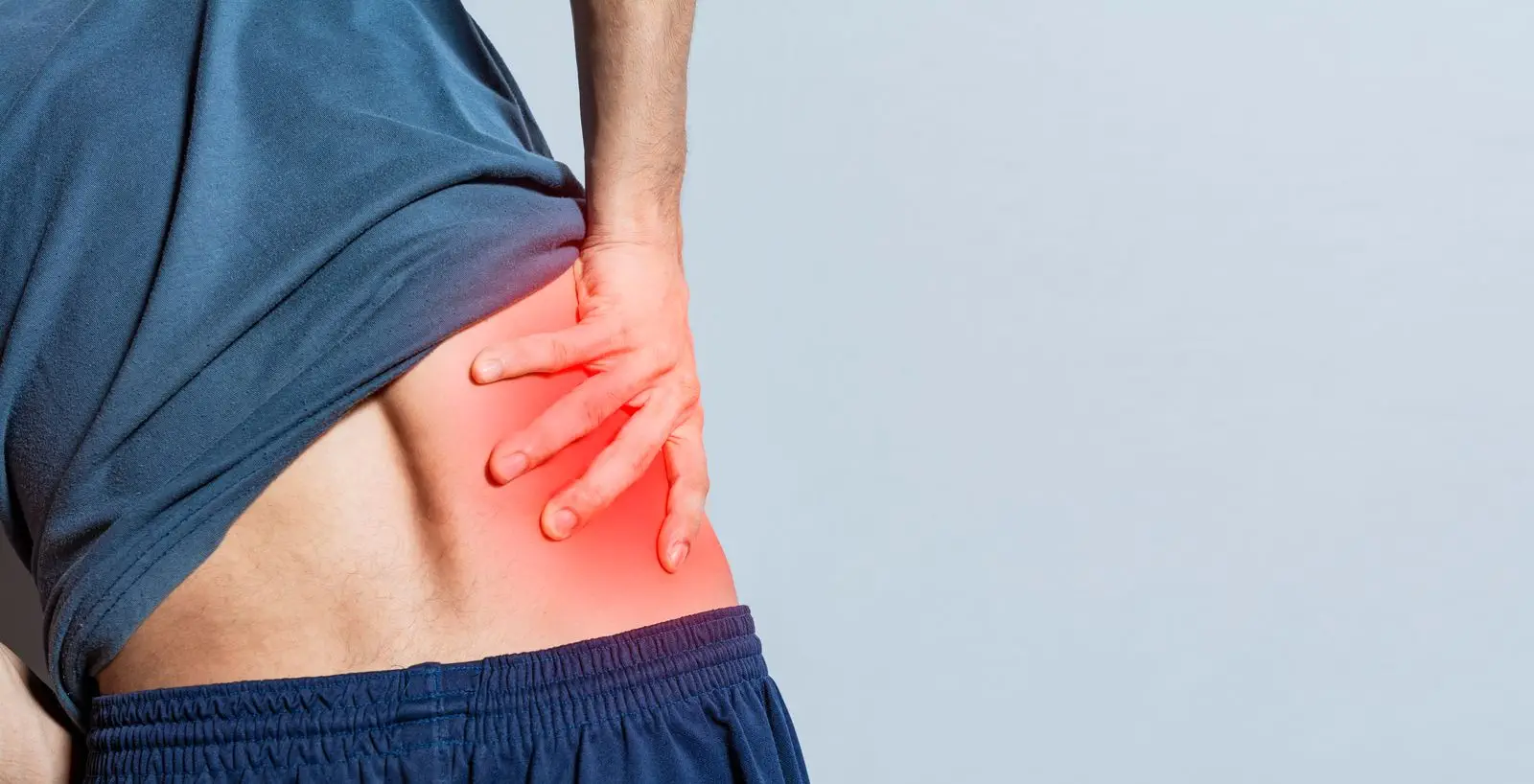Trusted Solution for Bulging Disc Treatment

- Comprehensive Assessment: Our physiotherapists start with a detailed evaluation, including your medical history and physical examination, to diagnose the severity of the bulging disc.
- Personalised Treatment Plans: Based on the assessment, we tailor a treatment strategy that may include manual therapy, exercise rehabilitation, dry needling, and state-of-the-art non-surgical spinal decompression.
- Focused Rehabilitation: We emphasise exercises that strengthen the spine and improve flexibility, aiding in recovery and preventing future issues.
Specialised Care for Neck and Back Pain Relief
At DC Physiotherapy Clondalkin, we offer premier bulging disc physiotherapy in Dublin, blending proven techniques with personalised care to provide relief and recovery for bulging disc sufferers.
Our specialised team is committed to helping you overcome neck and back pain caused by bulging discs, guiding you toward a pain-free and active life.
Understanding Bulging Discs
Bulging discs occur when the disc's outer layer extends outside its regular boundary, often pressing on nerves and causing pain.
This condition can affect any part of the spine but frequently targets the cervical (neck) and lumbar (lower back) regions. Factors contributing to bulging discs include ageing, improper lifting, and sudden impact or strain.

What Our Patients Say...

Effective Techniques for Bulging Discs
- Manual Therapy: Hands-on techniques to alleviate pain and improve mobility.
- Exercise Rehabilitation: Custom exercises designed to strengthen the spine and enhance flexibility.
- Dry Needling: Targets muscle tension and triggers points for pain relief.
- Non-Surgical Spinal Decompression: A revolutionary treatment that gently stretches the spine, alleviating pressure on affected discs and nerves.
Why Choose DC Physiotherapy?
- Expertise and Experience: Nearly a decade of success in treating bulging discs and spinal issues.
- Advanced Treatment Options: Including Non-Surgical Spinal Decompression, uniquely offered at our clinic.
- Patient-Centred Care: We prioritise your comfort and recovery, offering same-day appointments and a compassionate approach.





